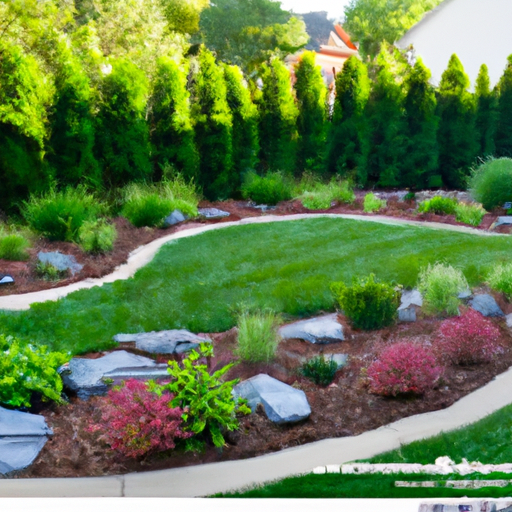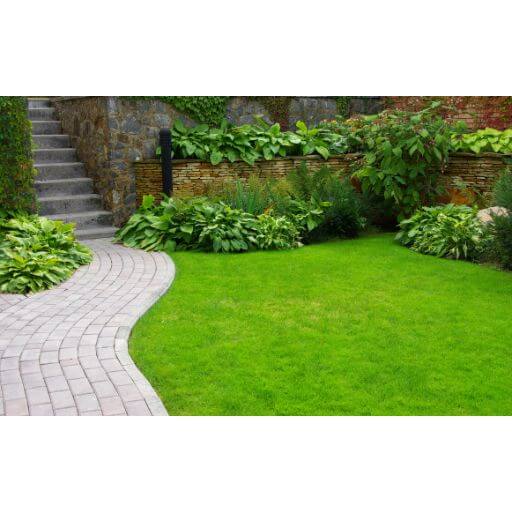
You’ve probably found yourself gazing at a beautifully designed garden or a thoughtfully laid out outdoor space and wondered, “What makes it so appealing?” Well, the answer lies in the 5 basic elements of landscape design. These elements are like puzzle pieces that, when put together correctly, create a harmonious and visually stunning landscape. From the careful selection of plants to the strategic placement of structures, this article will guide you through the key components that make up a successful landscape design. So, whether you’re a seasoned gardener or just starting out, get ready to unlock the secrets behind creating an enchanting outdoor oasis.
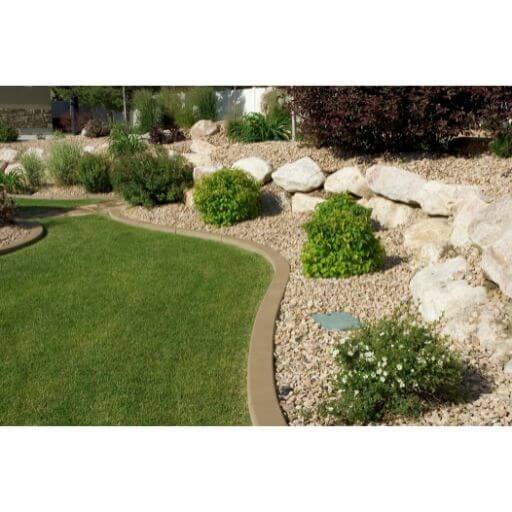
1. Line
Straight Lines
In landscape design, straight lines are often used to create a sense of structure and order. They can be seen in pathways, fences, and the edges of buildings. Straight lines can make a space feel clean and organized, and they can also lead the eye to a focal point in the landscape. For example, a straight pathway can guide you from the entrance to the garden to a beautiful fountain or a stunning view.
Curved Lines
Curved lines, on the other hand, give a more natural and relaxed feeling to a landscape. They can soften the overall design and create a sense of movement and flow. Curved lines can be found in the shape of flower beds, meandering pathways, and gentle slopes. They can also be used to create borders or define different areas within the landscape. Curved lines can add a touch of elegance and grace to any outdoor space.
Horizontal Lines
Horizontal lines can evoke a sense of stability and tranquility. They are often found in the form of horizons, decks, and patios. Horizontal lines can make a space feel wider and more expansive, and they can also create a visual connection between different elements in the landscape. For example, a horizontal deck can lead your gaze towards a lush garden or a breathtaking view of the sea.
Vertical Lines
Vertical lines are used to create height and drama in a landscape. They can be seen in tall trees, columns, and structures like pergolas or trellises. Vertical lines can make a space feel more formal and imposing, and they can also add a sense of verticality and depth to the design. For example, a row of tall, slender trees can draw your attention upwards and create a sense of privacy and enclosure in a garden.
Diagonal Lines
Diagonal lines add a sense of energy and movement to a landscape. They can be found in pathways that cut diagonally across a garden, in the shape of sloping hills or terraces, and in the arrangement of plants or decorative elements. Diagonal lines can create visual interest and excitement, and they can also lead your gaze towards a specific point or view. For example, a diagonal pathway can invite you to explore a hidden corner or discover a hidden garden oasis.
2. Form
Geometric Forms
Geometric forms are characterized by straight lines and angular shapes. They can be seen in elements such as square or rectangular planters, geometric paving patterns, and symmetrical arrangements of hedges or shrubs. Geometric forms bring a sense of order and structure to a landscape, and they can create a contemporary and polished look. They are often used in formal gardens or modern outdoor spaces.
Organic Forms
Organic forms, on the other hand, are inspired by nature and have a more free-flowing and irregular shape. They can be seen in curves and irregular lines found in natural landscapes, such as the shape of trees, rocks, or water bodies. Organic forms create a more relaxed and informal atmosphere, and they can evoke a sense of harmony with the surrounding environment. They are often used in gardens that aim to mimic natural landscapes or create a sense of serenity.
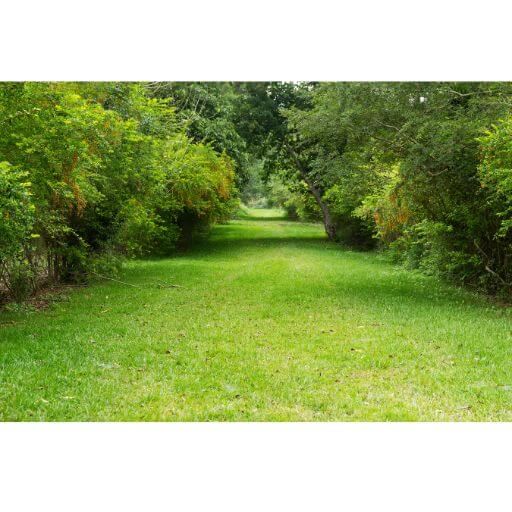
3. Texture
Visual Texture
Visual texture refers to the perception of texture through the sense of sight. It is created by the arrangement and combination of different materials, colors, and patterns in a landscape. For example, a garden with a variety of plants with different leaf textures, such as smooth, glossy leaves or rough, textured leaves, can create visual interest and depth. Other elements that can contribute to visual texture include the use of different types of paving materials, such as gravel or brick, or the juxtaposition of different colors and patterns in a flower bed.
Physical Texture
Physical texture refers to the tactile qualities of surfaces in a landscape. It is experienced through touch and adds a sensory dimension to the design. For example, the rough bark of a tree, the smooth surface of a stone bench, or the softness of a plush lawn all contribute to the physical texture of a landscape. Physical texture can create a sense of comfort and intimacy and can also be used strategically to create contrast or highlight certain features in the garden.
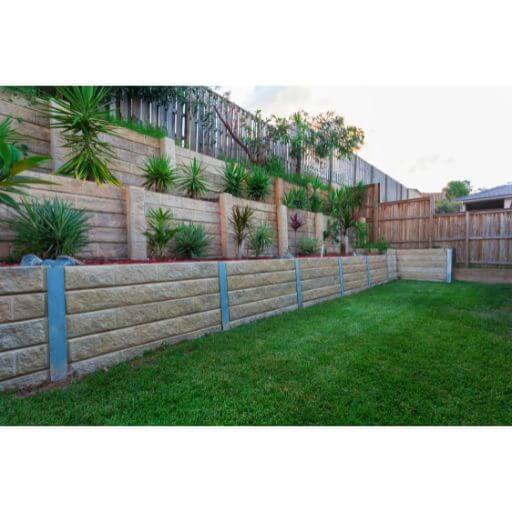
4. Color
Warm Colors
Warm colors include red, orange, and yellow, and they are associated with energy, passion, and excitement. In landscape design, warm colors can create a sense of vibrancy and warmth. They can be used to draw attention to specific areas or to create a focal point. For example, a vibrant red flowering shrub can be planted strategically to add a pop of color and create visual interest in a garden. Warm colors can also be used to create a sense of coziness and intimacy, especially in outdoor seating areas or entertaining spaces.
Cool Colors
Cool colors include blue, green, and purple, and they are associated with calmness, tranquility, and relaxation. In landscape design, cool colors can create a sense of serenity and harmony with nature. They can be used to visually cool down a space or create a soothing atmosphere. For example, a garden with a variety of shades of green plants can create a restful and peaceful oasis. Cool colors can also be used to create a sense of depth and distance, as they tend to recede visually, making a space feel larger.
Complementary Colors
Complementary colors are pairs of colors that are opposite each other on the color wheel, such as blue and orange, or red and green. In landscape design, complementary colors can create a sense of balance and harmony. They can be used to create dynamic contrasts that catch the eye and add visual interest to a space. For example, a garden with purple flowers and yellow foliage can create a striking and eye-catching combination. Complementary colors can also be used to create depth and dimension, as they tend to visually advance and recede when placed next to each other.
Analogous Colors
Analogous colors are colors that are adjacent to each other on the color wheel, such as blue, blue-green, and green. In landscape design, analogous colors can create a sense of harmony and cohesiveness. They can be used to create a calming and serene atmosphere. For example, a garden with shades of blue and green plants can evoke a sense of tranquility and relaxation. Analogous colors can also be used to create a soothing transition between different areas or elements in the landscape.
Monochromatic Colors
Monochromatic colors refer to variations of a single color. In landscape design, monochromatic colors can create a sense of unity and simplicity. They can be used to create a clean and minimalist look or to highlight specific features. For example, a garden with different shades of pink flowers can create a soft and romantic atmosphere. Monochromatic colors can also be used to create a sense of depth and dimension, as different shades of the same color can appear lighter or darker, creating visual interest.
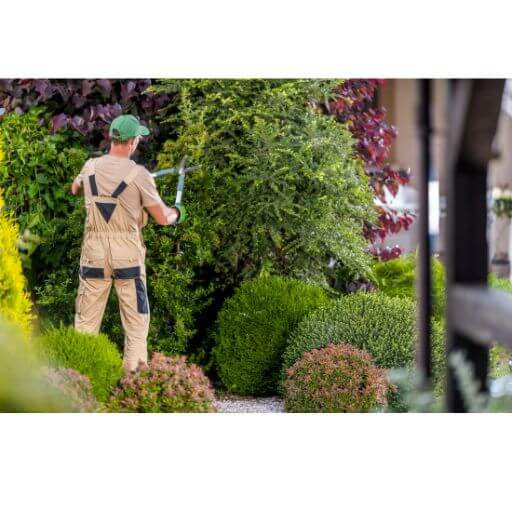
5. Scale
Size
Size refers to the physical dimensions of objects or elements in a landscape. It can include the size of plantings, structures, furniture, or decorative elements. In landscape design, scale is important to create a sense of proportion and balance. It is crucial to choose elements that are appropriately sized for the space and for each other. For example, a small courtyard may call for smaller-scaled plants and furniture, while a large open lawn can accommodate larger trees and structures. Properly scaled elements create a harmonious and visually pleasing composition.
Proportion
Proportion refers to the relationship between different elements in terms of their size, shape, and visual weight. It is about how the elements relate to each other and to the overall space. In landscape design, proportion is crucial to create a sense of balance and harmony. It is important to consider how different elements work together and complement each other. For example, a tall tree can be balanced by a series of smaller shrubs or a large-scale sculpture can be balanced by a group of smaller plantings. Proportional relationships create a cohesive and aesthetically pleasing landscape.
Understanding the five basic elements of landscape design—line, form, texture, color, and scale—will allow you to create a well-planned and visually appealing outdoor space. By carefully considering each element and how they work together, you can design a landscape that reflects your personal style, enhances the natural characteristics of the site, and provides a harmonious and enjoyable environment for you and your guests. So, go ahead and unleash your creativity, and start designing your dream landscape today!
